Surgical Procedures
Dr. Alexander Mazratian provides a variety of
Surgical Periodontic procedures.
Cosmetic Periodontal Surgery
These procedures are a predictable way to cover unsightly, sensitive or exposed root surfaces and to prevent future gum recession. If you are unhappy with the appearance of short unsightly teeth this can be greatly improved by a combination of periodontal procedures by Dr. A Mazratian and cosmetic dentistry by your dentist.
Although your teeth appear short, they may actually be the proper length. The teeth may be covered with too much gum tissue. We can correct this by performing the periodontal plastic surgery procedure, crown lengthening (soft tissue).
During this procedure, excess gum and bone tissue is reshaped to expose more of the natural tooth. This can be done to more than one tooth, to even your gum line, and to create a beautiful smile.
Another cosmetic procedure is the soft tissue graft. It is used to cover unattractive tooth roots, reduce gum recession and protect the roots from decay and eventual loss.
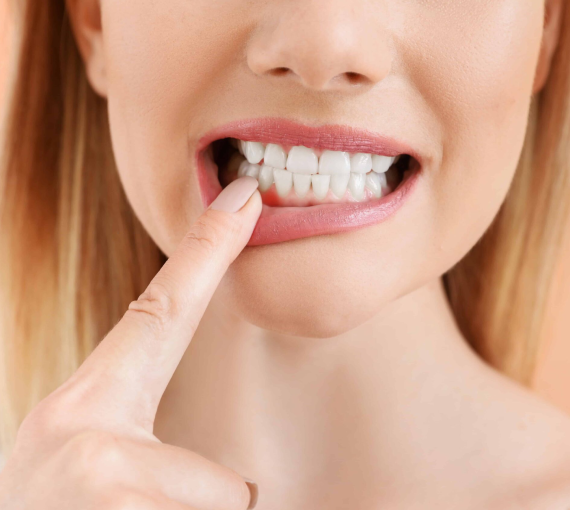
Tooth loss causes the jawbone to recede and can lead to an unnatural looking indentation in your gums and jaw, an appearance of a general aging. The original look of your mouth may not be recaptured because of spaces remaining under and between replacement teeth. They may appear too long compared to nearby teeth.
Bone grafting following tooth loss can preserve the socket/ridge and minimize gum and bone collapse. There is less shrinkage and a more esthetic tooth replacement for an implant crown.
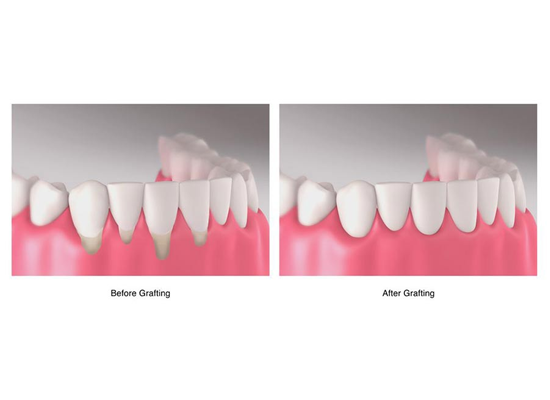
Soft Tissue Grafts
When recession of the gingiva occurs, the body loses a natural defense against both bacterial penetration and trauma. When gum recession is a problem, gum reconstruction using grafting techniques is an option.
When there is only minor recession, some healthy gingiva often remains and protects the tooth, so that no treatment other than modifying home care practices is necessary. However, when recession reaches the mucosa, the first line of defense against bacterial penetration is lost.
In addition, gum recession often results in root sensitivity to hot and cold foods as well as an unsightly appearance to the gum and tooth. Gum recession, when significant, can predispose to worsening recession and expose the root surface, which is softer than enamel, leading to root caries and root gouging.
A gingival graft is designed to solve these problems. In most cases synthetic tissue is used, but sometimes a thin piece of tissue is taken from the roof of the mouth, or gently moved over from adjacent areas, to provide a stable band of attached gingiva around the tooth. The gingival graft may be placed in such a way as to cover the exposed portion of the root.
Crown Lengthening
Crown lengthening (hard tissue) is required when your tooth needs a new crown or other restoration. The edge of that restoration is deep below the gum tissue and not accessible. It is also usually too close to the bone or below the bone.
The procedure involves adjusting the levels of the gum tissue and bone around the tooth in question, to create a new gum-to-tooth relationship. This allows us to reach the edge of the restoration, ensuring a proper fit to the tooth. It should also provide enough tooth structure so the new restoration will not come loose in the future. This allows you to clean the edge of the restoration when you brush and floss to prevent decay and gum disease.
When the procedure is completed, sutures and a protective “bandage” are placed to help secure the new gum-to-tooth relationship. You will need to be seen in one or two weeks to evaluate your healing.


Soft Tissue Crown Lengthening
Although your teeth appear short, they may actually be the proper length. The teeth may be covered with too much gum tissue. We can correct this by performing the Soft Tissue Crown Lengthening surgical procedure.
During this procedure, excess gum and bone tissue is reshaped to expose more of the natural tooth. This can be done to more than one tooth, to even your gum line, and to create a beautiful smile.
The inside of the mouth is normally lined with a special type of skin (mucosa) that is smooth and coral pink in color. Any alteration in this appearance could be a warning sign for a pathological process. The most serious of these is oral cancer.
The following can be signs at the beginning of a pathologic process or cancerous growth:
- Reddish patches (erythroplasia) or whitish patches (leukoplakia) in the mouth
- A sore that fails to heal and bleeds easily
- A lump or thickening on the skin lining the inside of the mouth
- Chronic sore throat or hoarseness
- Difficulty in chewing or swallowing
These changes can be detected on the lips, cheeks, palate, and gum tissue around the teeth, and tongue. Pain does not always occur with pathology and, curiously, is not often associated with oral cancer. However, any patient with facial and/or oral pain without an obvious cause or reason may also be at risk for oral cancer. We would recommend performing an oral cancer self-examination monthly and remember that your mouth is one of your body’s most important warning systems. Do not ignore suspicious lumps or sores. Please contact us so we may help.
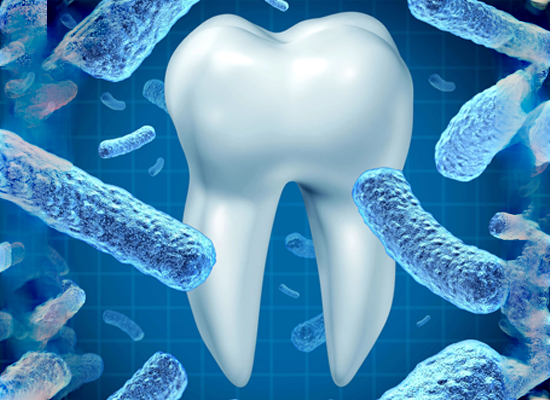
We know that oral cancer claims one life every hour in the United States, and the survival rate has barely changed over the last 40 years. Since the signs and symptoms or oral cancer are often missed by the naked eye, the disease is usually detected late in development, when the mortality rate is 50%. When found early, oral cancer patients have a nearly 90% survival rate. This is the reason we have incorporated technologically advanced screening tools into our practice. The system we use screens for oral lesions that may lead to cancer just as mammograms screen for breast cancer. The test we use is a chemical-luminescent light that helps the dentist see what he might not otherwise be able to see. The procedure is simple, painless and non-invasive. We recommend performing the exam annually.

Biopsies
Oral sores, lesions, or growths that will not heal, may be a sign of other medical conditions. Biopies are performed in our office under local anesthesia, The specimen is sent to a pathologist for a confirmation of the diagnosis. The results are generally available within twenty-four hours. Since being in practice Dr. A Mazratian has diagnosed several cases of oral cancer. Therefore, it is always best not to delay treatment.
Frenectomy
The frenum is a piece of tissue that runs between the upper or lower two front teeth and the lip. In certain cases this frenum becomes a problem of being too low in its attachment and/or too thick. If left alone, it can cause or help lead to, separation of the two front teeth. It may also help in causing gum recession in this area as well. If this frenum becomes a problem it must be removed or repositioned. This is also done many times prior to or after orthodontic tooth movement.
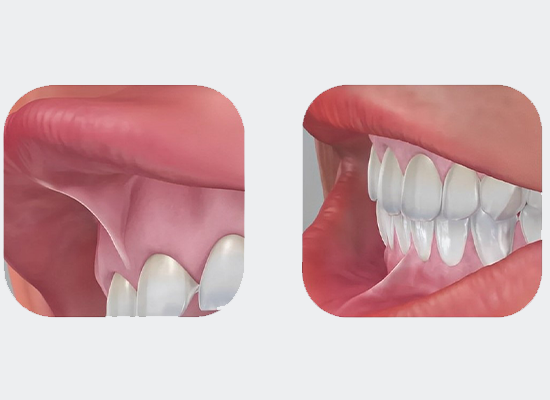

Osseous Surgery
In some cases, especially for those patients diagnosed with advanced periodontitis, non-surgical therapy is not sufficient in treating all areas of the mouth. Those cases may require the surgical treatment. Osseous surgery is the process of cleaning out the diseased areas and reducing the pockets by reshaping the bone. Sutures will be placed to secure the site and a protective dressing will cover the surgical site for the first few days. Patients will return to our office for a post-op appointment to check the healing process.
Bone Grafting
Over a period of time, the jawbone associated with missing teeth atrophies or is reabsorbed. Also, patients that have been diagnosed with periodontitis have bone loss around their teeth. Both of these conditions lead to poor to no bone quality and quantity.
Today, we have the ability to “grow” bone where needed. This not only gives us the opportunity to place implants of proper length and width, it also gives us a chance to restore functionality and esthetic appearance.
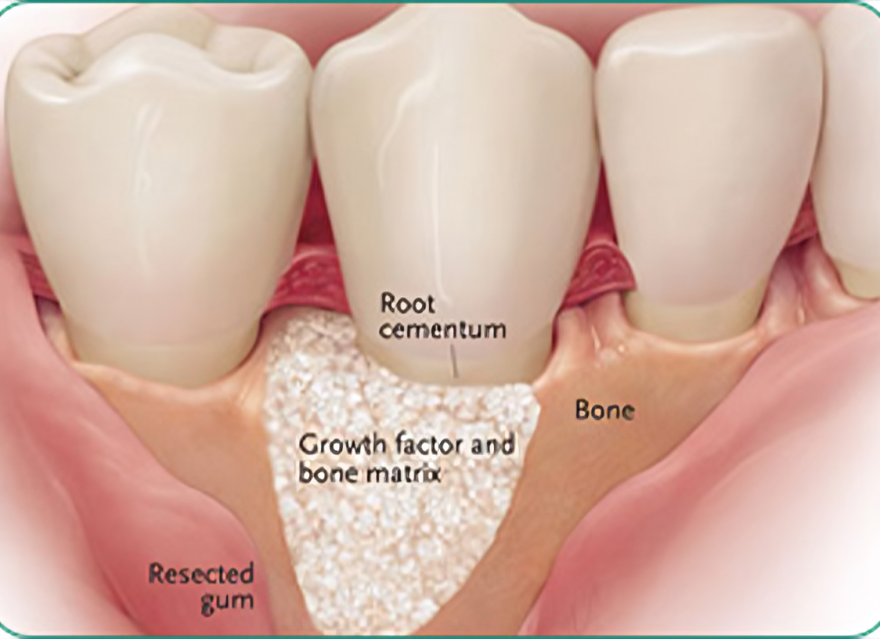
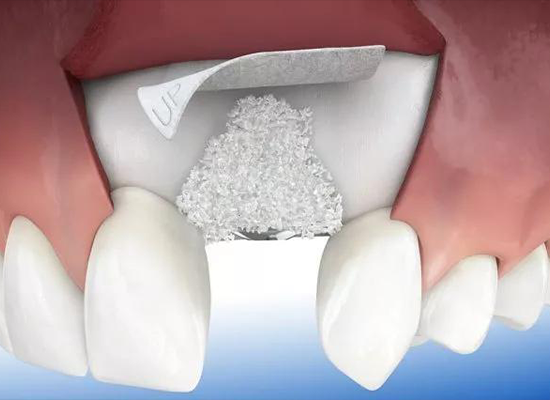
Guided Tissue Bone Regeneration
Guided Tissue Bone Regeneration “regenerates” the previously lost gum and bone tissue. Most techniques utilize membranes, which are inserted over the bone defects. Some of these membranes are bio-absorbable and some require removal. Other regenerative procedures involve the use of bioactive gels.


